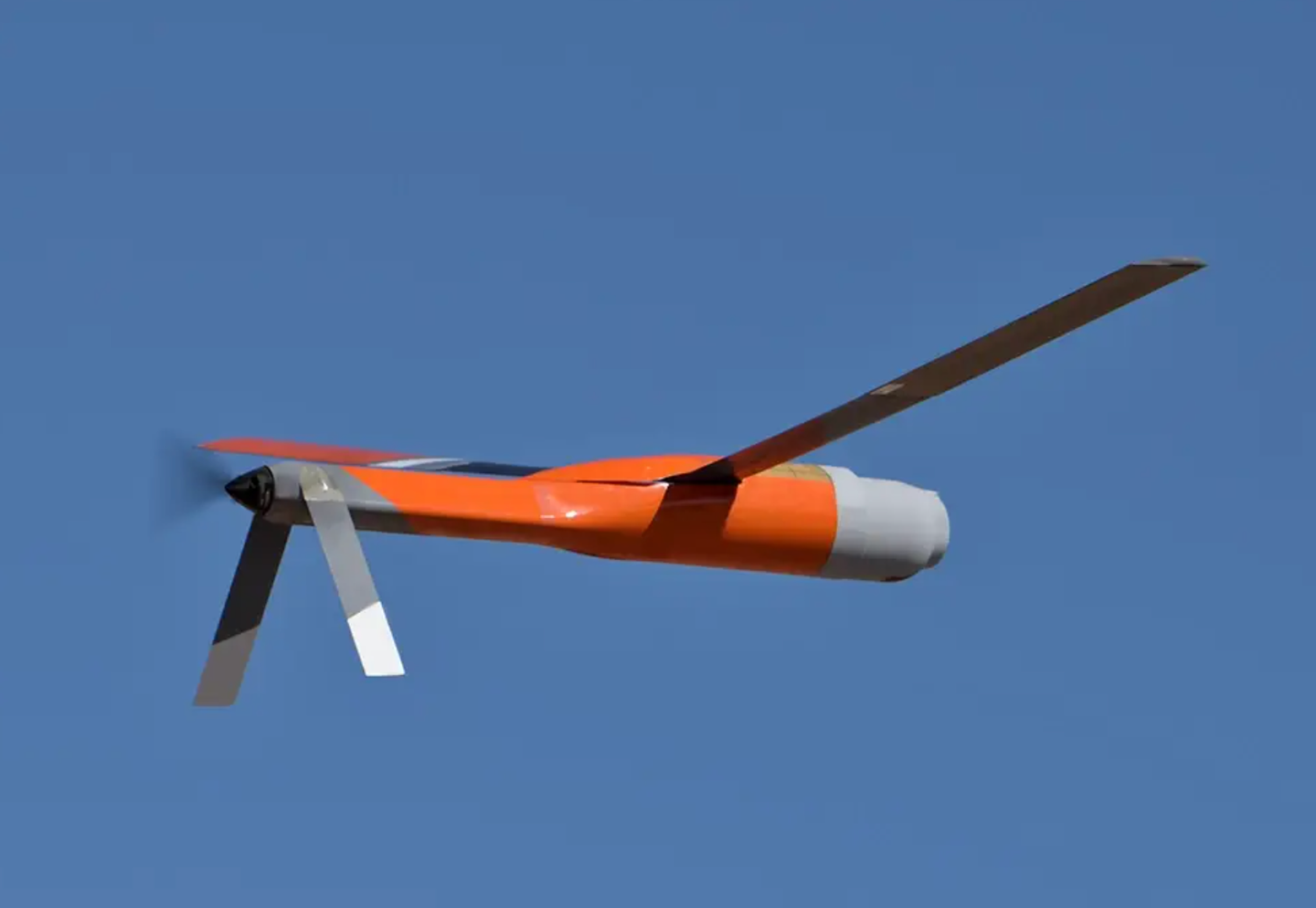Northrop Grumman’s Manta Ray submersible underwater drone has been the subject of considerable interest for some time. Its exact dimensions have become clearer only recently, thanks to satellite images, including one captured a year ago and another more recently, which have been circulating on social media.
The Manta Ray, seen docked at the Port Hueneme Naval Base in California, has an imposing presence. The War Zone has even compared its size to that of a spaceship from Star Wars, suggesting it looks as though it has landed on Tatooine. This image, available on Google Earth from November 2023, includes a 3D visualization to help appreciate the Manta Ray’s massive size.
Official data indicates that the Manta Ray is approximately 30 feet long. This size allows it to house complex sensors and communication equipment while maintaining a streamlined design for efficient underwater movement. Its wingspan, critical for stability and maneuverability, is about 20 feet, enabling it to glide effortlessly underwater. The drone stands around 5 feet tall.
Unveiling the Manta Ray: What We Know
The Northrop Grumman Manta Ray is an advanced underwater vehicle designed for various military and research applications. It is part of a larger initiative to develop autonomous systems capable of extended underwater operations without human intervention.
The Manta Ray employs a range of sophisticated systems to ensure functionality and effectiveness. These include advanced sonar and sensor arrays for navigation and detection, communication systems for data transmission, and AI-driven software for autonomous decision-making and mission planning.
Manta Ray’s Propulsion and Equipment
The Manta Ray’s propulsion is powered by a combination of electric motors and energy-efficient propellers, allowing for quiet operation crucial for stealth missions and minimizing detection by adversaries.
Technologically, the Manta Ray boasts high-resolution imaging systems, environmental monitoring tools, and customizable payload bays for specific missions. Its primary purpose is to enhance military underwater operational capabilities, including intelligence gathering, mine countermeasures, and anti-submarine warfare. Its versatility also makes it suitable for non-military uses such as oceanographic research and underwater infrastructure inspection.
The Manta Ray is designed for extensive operational range, allowing it to cover large areas without frequent resurfacing. Its energy-efficient systems and advanced battery technology provide significant operational endurance, enabling it to stay underwater for weeks or even months, depending on mission requirements and environmental conditions. This long-duration capability distinguishes it from many other submersible drones, allowing for sustained operations in challenging underwater environments.
Ongoing Development and Future Prospects
Since 2020, Northrop Grumman has been developing the Manta Ray underwater drone under the Defense Advanced Research Projects Agency (DARPA) initiative. This project aims to create autonomous underwater vehicles capable of long-term missions without human intervention. The first tests of the Manta Ray took place in 2023, assessing its performance in various underwater environments and its ability to execute advanced missions autonomously.
The exact number of Manta Rays slated for production remains undisclosed. However, the strategic value of these autonomous underwater vehicles suggests that production numbers will depend on the success of these initial tests and further evaluations.
If early tests are successful, the production and deployment of Manta Ray submersible drones could begin in the latter half of this decade. This timeline allows for refinements and enhancements based on test outcomes, ensuring these drones meet the operational needs of the US Navy and other potential stakeholders.



:quality(70)/cloudfront-us-east-1.images.arcpublishing.com/archetype/M4UW5CWOFBBNHF7YOK2UJNIPCQ.jpg)



